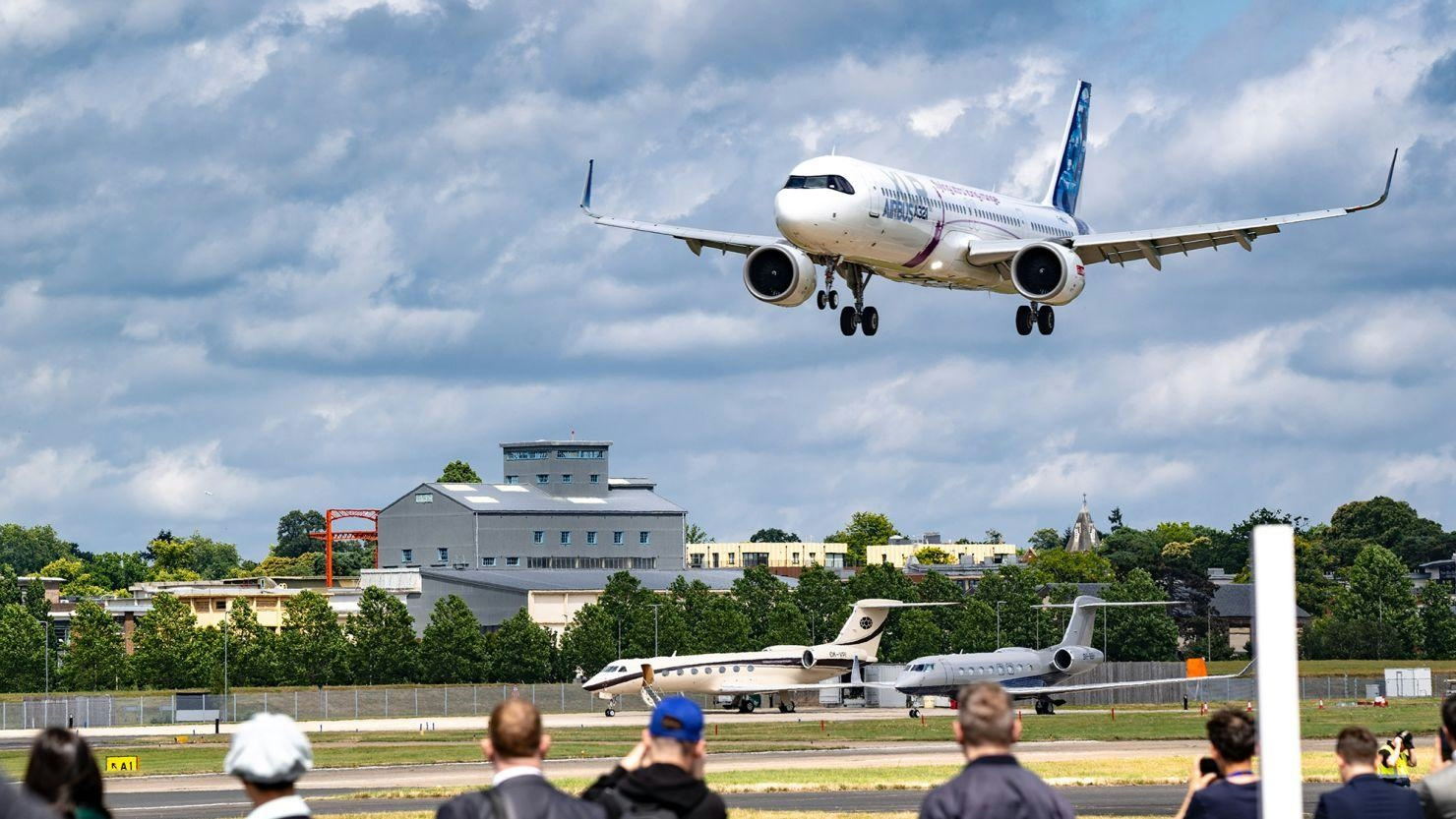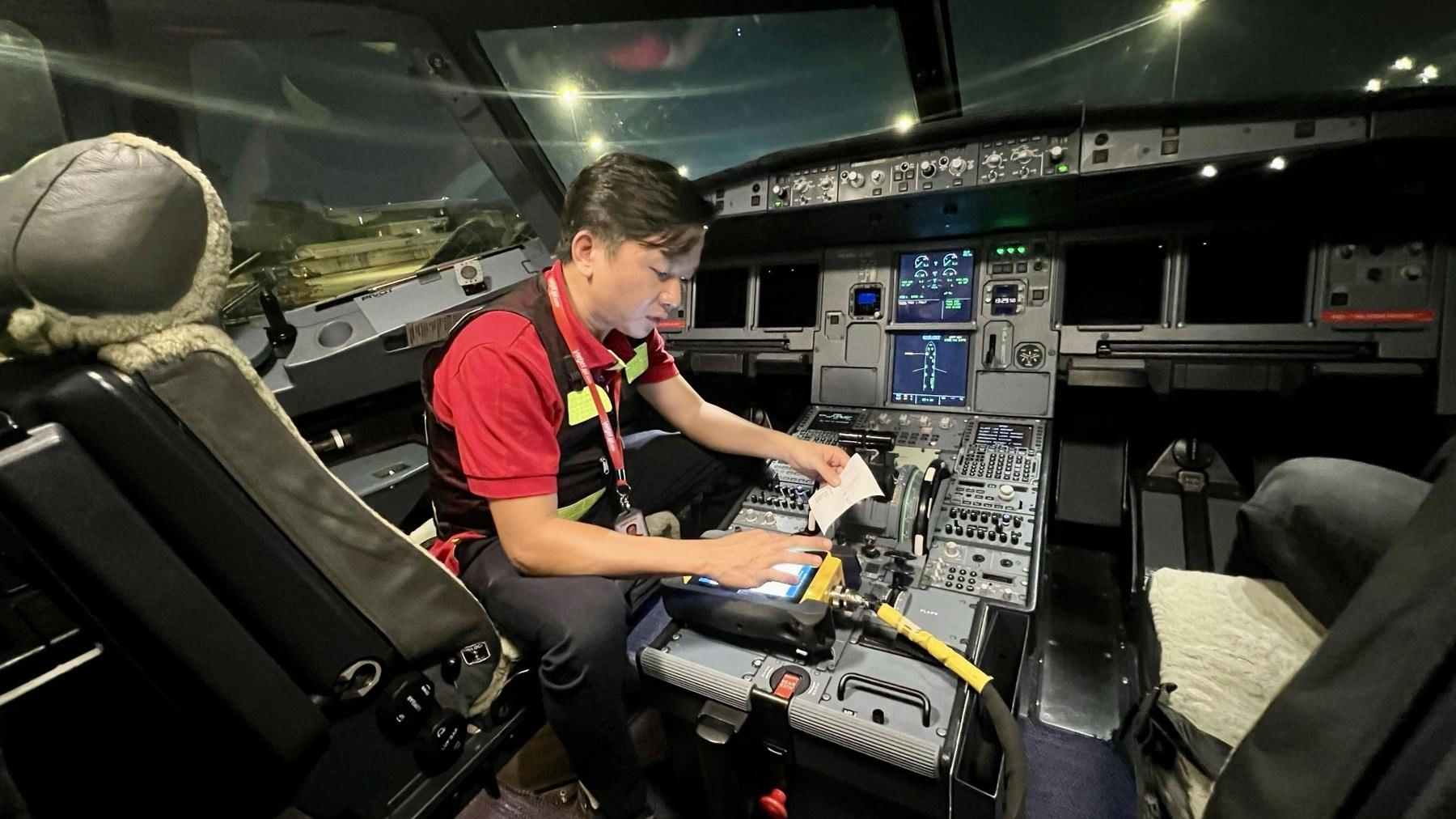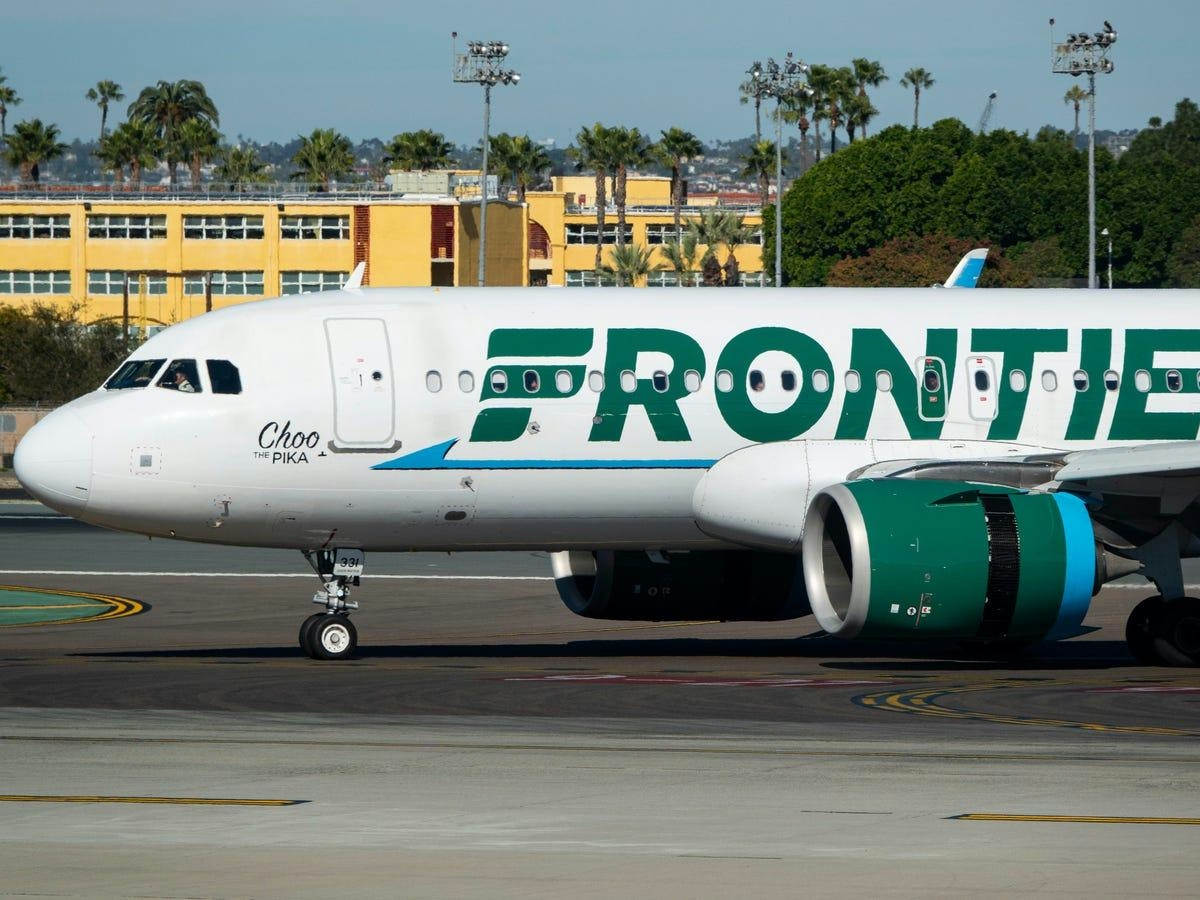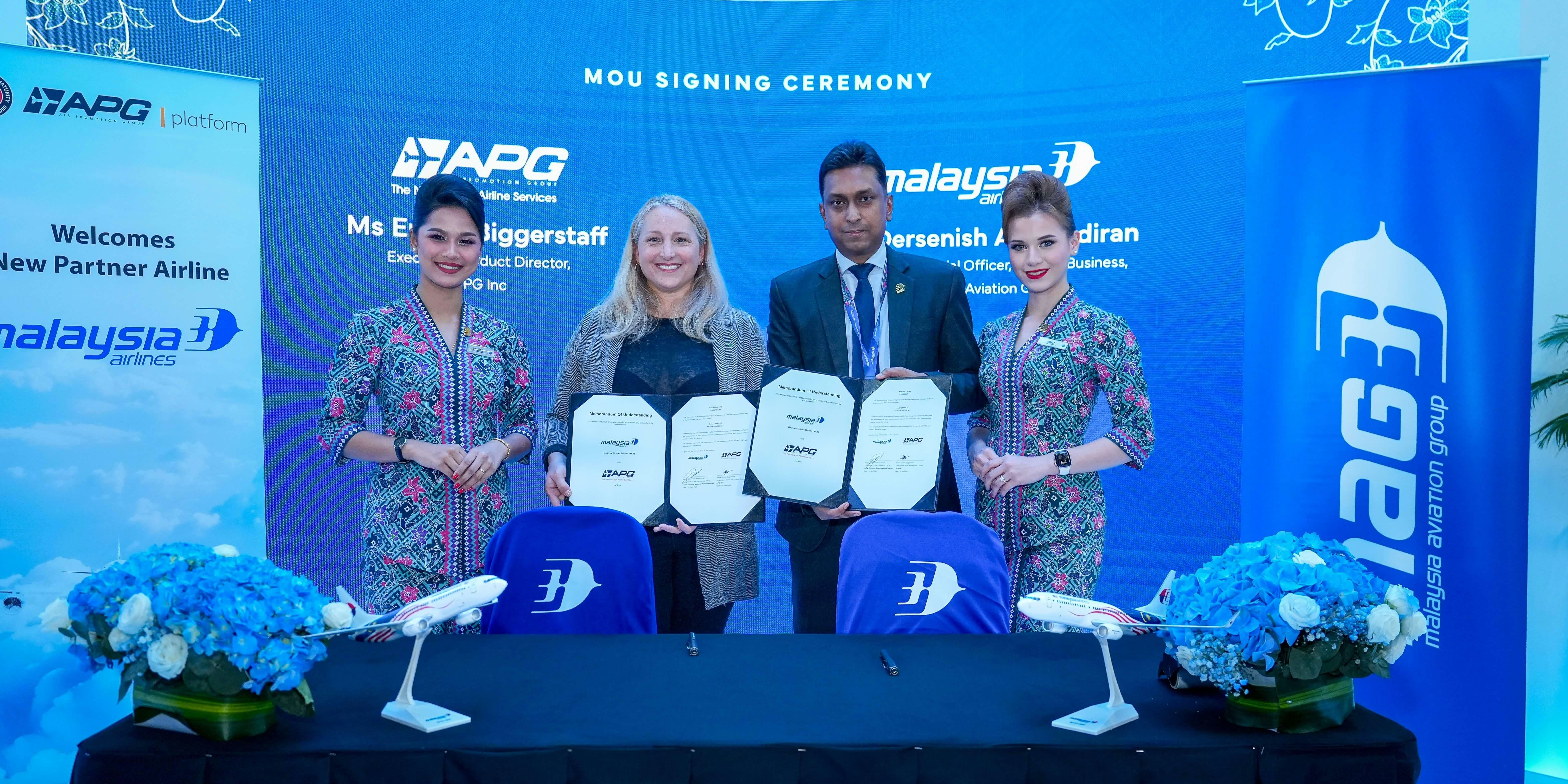
AeroGenie — Seu copiloto inteligente.
Tendências
Categories
The Capabilities of the Airbus A321XLR

The Capabilities of the Airbus A321XLR
Extended Range and Performance
The Airbus A321XLR, an advanced iteration of the A321neo, is transforming the landscape of single-aisle, long-haul air travel. It offers a maximum range of up to 4,700 nautical miles, extending 1,200 nautical miles beyond the A321neo and 700 nautical miles further than the A321LR. This capability enables non-stop flights lasting up to 11 hours, accommodating as many as 244 passengers. The aircraft achieves this extended range through significantly larger fuel tanks, capable of holding up to 8,700 US gallons (32,940 liters) of fuel, compared to the A321neo’s capacity of 6,205 to 8,679 US gallons (23,490 to 32,853 liters). This increase in fuel capacity contributes to the A321XLR’s highest maximum takeoff weight within its family, reaching up to 223,000 pounds.
Despite these enhancements, the A321XLR retains the same engine options as the A321neo. Airlines may choose between the CFM LEAP-1A and the Pratt & Whitney PW1100G-JM engines, both delivering thrust ranging from 32,160 to 33,110 pounds (143.05 to 147.28 kN). The Pratt & Whitney engine employs a geared turbofan design, allowing the fan and turbine to operate at independent, optimal speeds, thereby improving propulsive efficiency. Conversely, the CFM LEAP-1A engine emphasizes enhanced thermal efficiency, enabling higher operating temperatures and reduced emissions. These technological innovations underpin the aircraft’s notable fuel savings and environmental performance.
Technical Specifications and Market Impact
The A321XLR features a wingspan of 117 feet 5 inches (35.8 meters), a length of 146 feet (44.5 meters), and a height of 38 feet 7 inches (11.8 meters). It typically seats 206 passengers in a two-class configuration and has a maximum takeoff weight ranging from 213,800 to 222,700 pounds (97 to 101 tonnes). The aircraft cruises at Mach 0.78 (approximately 450 knots) and operates at altitudes between 39,100 and 39,800 feet (11,900 to 12,100 meters).
The aircraft’s capabilities have attracted significant market interest. Qantas recently demonstrated the A321XLR’s range with a historic nonstop flight to Bangkok, while AirAsia placed a substantial order valued at $12.25 billion for 50 units, reflecting strong confidence in the model’s long-haul potential. Competitors such as Boeing and Embraer have acknowledged the increasing demand for efficient, long-range single-aisle aircraft.
Production Challenges and Industry Outlook
Despite robust demand, Airbus faces challenges in scaling production to meet market needs. CEO Guillaume Faury has publicly recognized the difficulties in ramping up output to satisfy orders. Nevertheless, the A321XLR’s blend of extended range, fuel efficiency, and passenger capacity positions it as a critical asset in the evolving commercial aviation market. Launch customers, including Iberia, are preparing to introduce the aircraft into service, signaling its growing role in the future of air travel.

PCC Approves Acquisition of Global Aircraft Leasing Firm

Kuehne+Nagel and SWISS Strengthen Sustainable Aviation Partnership

MD Aircraft Receives 20 Pre-Orders for eViator from UrbanLink

Emirates and GAMECO Expand Heavy Maintenance Partnership

Inside Vietjet’s 32-Hour Emergency Response to Keep Airbus Fleet Operational

Frontier Airlines Airbus A321neo Returns to Cleveland After Engine Fire

Why the Boeing 777X Is Limited to a Single Engine Type

Malaysia Aviation Group Announces Long-Term Business Plan

TrueNoord Expands Executive Team
